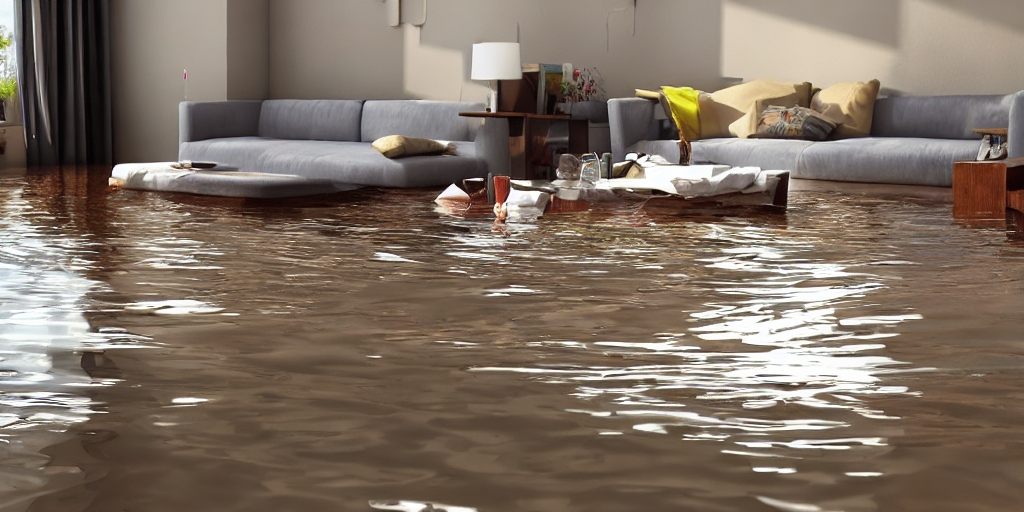Water damage can be a homeowner’s worst nightmare, especially when it occurs close to home. If you find yourself facing the challenges of local water damage, it’s crucial to act promptly and efficiently to minimize the impact on your property. In this guide, we’ll explore the essential steps to take when confronted with water damage, the timeline for drying out affected areas, and the options available for fixing water damage in-house. Additionally, we’ll discuss what can be done to address water-damaged walls, and we’ll touch on the local cost of water damage restoration.
What to Do When You Encounter Local Water Damage
Local water damage is a situation that demands swift action. The first step is to identify the source of the water and, if possible, stop it. Whether it’s a burst pipe, a leaking roof, or a flooded basement, addressing the root cause is paramount. Once the source is contained, it’s time to focus on the affected areas.
Begin by removing any standing water using a wet/dry vacuum or a mop. This not only helps prevent further damage but also accelerates the drying process. Open windows and doors to enhance ventilation, and use fans to circulate air throughout the space. If the water damage is extensive, consider contacting a local water damage restoration professional for a thorough assessment and specialized equipment.
Also Read: Local Water Damage: Understanding the Impact and Taking Swift Action
How Long Does Local Water Damage Take to Dry Out?
The drying time for local water damage varies depending on several factors, such as the extent of the damage, the materials affected, and the climate. In ideal conditions, it may take anywhere from a few days to several weeks for the affected areas to completely dry out. It’s essential to be patient during this process and not rush the restoration efforts.
Using dehumidifiers can expedite the drying process by removing excess moisture from the air. Regularly monitor the moisture levels in the affected areas, and only proceed with repairs or renovations once everything is thoroughly dry. Remember, taking the time to ensure proper drying can prevent issues like mold growth and structural damage down the line.
Can Local Water Damage Be Fixed In-House?
While minor water damage issues can often be addressed by homeowners, significant local water damage may require professional intervention. If the damage is extensive or if there’s a risk of mold growth, it’s advisable to consult with a local water damage restoration expert. They have the expertise, equipment, and experience to assess the situation accurately and implement effective restoration measures.
For smaller incidents, start by removing wet or damaged materials and belongings. Clean and disinfect the affected areas thoroughly to prevent mold and mildew growth. Ensure proper ventilation to aid the drying process. However, always keep in mind that safety is a priority, and if in doubt, seek professional assistance.
Addressing Water-Damaged Walls: A Local Approach
Water-damaged walls can be a common consequence of local water damage. Prompt action is crucial to prevent further deterioration and potential health hazards. Begin by removing any wet insulation or drywall. Use fans and dehumidifiers to dry the walls thoroughly. If the damage is severe, consult with a professional to assess the structural integrity and determine the necessary repairs.
Exploring Local Water Damage Costs and Restoration Options

Understanding the local cost of local water damage restoration is essential for planning and budgeting. The cost can vary based on the severity of the damage, the size of the affected area, and the restoration methods required. Researching and comparing quotes from top 10 restoration companies in your area can provide valuable insights into the expected costs.
One well-known name in the industry is Servpro. While Servpro water damage cost may vary, they are recognized for their expertise and reliable services. However, it’s essential to consider multiple options and obtain quotes from different water damage restoration companies to make an informed decision.
Also Read: Understanding and Addressing Water Damage Local: A Comprehensive Guide
Conclusion
local water damage is a challenging situation that demands a proactive and informed response. By taking swift action, understanding the drying process, knowing when to seek professional help, and exploring local restoration options, you can navigate the complexities of water damage effectively. Remember, the key is to act promptly and thoughtfully to protect your property and ensure a swift recovery.










